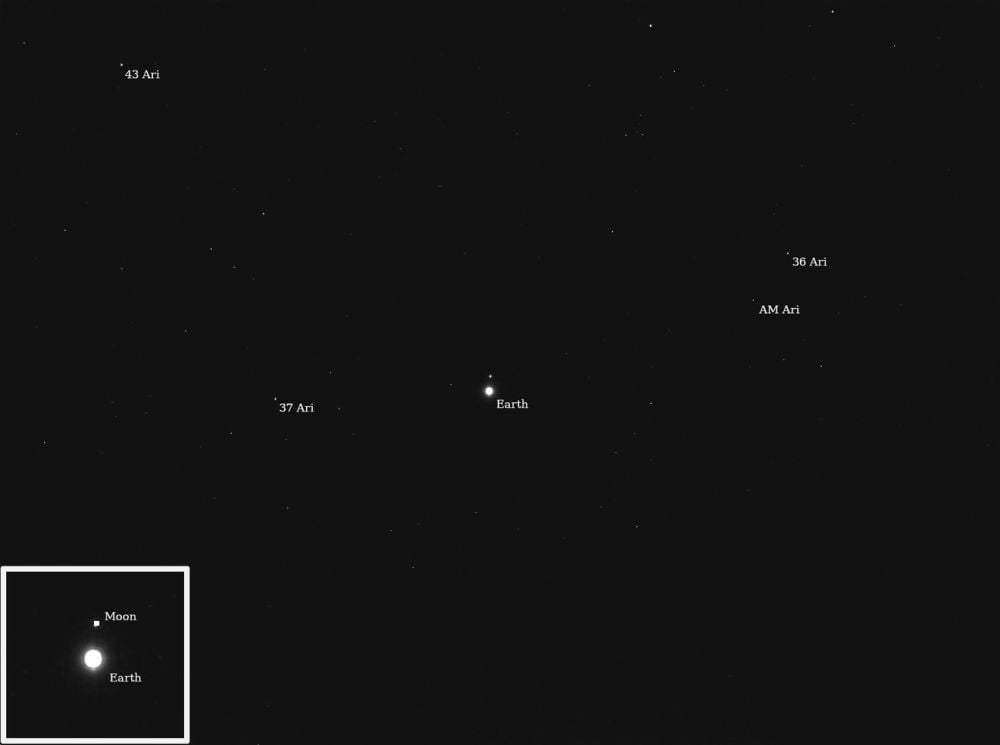NASA’s Psyche spacecraft recently turned its cameras toward Earth and the Moon, capturing remarkable images that confirmed its cameras and detectors are working well. By testing on bodies with familiar reflectivity, mission engineers have gained confidence in Psyche’s ability to collect accurate data on its upcoming asteroid destination.
NASA Commanded Psyche To Turn Around And Capture Images Of Earth And The Moon

Key Takeaways:
- Psyche’s cameras successfully captured images of Earth and the Moon.
- The spacecraft used both bodies to calibrate its instruments.
- Earth and the Moon reflect light similar to Psyche’s asteroid target.
- These early tests prepare the mission for complex observations ahead.
- NASA confirmed that Psyche’s scientific equipment is functioning properly.
Introduction
NASA’s Psyche spacecraft has provided its first visual proof that everything is functioning as planned. By crawling to the edge of its flight path and turning back toward our planet, Psyche snapped images of Earth and the Moon. These snapshots, though modest, confirm one critical milestone: the spacecraft’s cameras and instruments are up and running.
Why Earth and the Moon?
Earth and the Moon serve as ideal test subjects because their reflective properties are widely understood. Since both bodies reflect light in ways similar to the asteroid that Psyche will eventually study, NASA engineers can compare current data with known baselines. This comparison helps verify that Psyche’s instruments are working accurately.
The Camera Test
The act of capturing images from space is about more than aesthetics. Each picture offers engineers valuable data about camera focus, sensor response, and overall functionality. As described by NASA, “New images from NASA’s Psyche spacecraft show that its cameras are working just fine.” This confirmation is essential before the spacecraft moves on to more demanding scientific observations.
Benefits of Early Calibration
Accurate calibration now sets the tone for the entire mission. Mistakes caught early can be corrected without risking valuable time later. By testing on familiar celestial objects, mission controllers reduce the chances of surprises when Psyche turns its gaze toward the unfamiliar terrain of the target asteroid.
Looking Ahead
With its cameras proven operational, Psyche is poised to conduct groundbreaking science. Each successful test paves the way for the spacecraft’s main objective: to unravel the secrets of the metallic asteroid it is named after. By confirming instrument performance here at home, NASA can look forward to the next phase of exploration—confident that Psyche is ready for whatever it finds.











